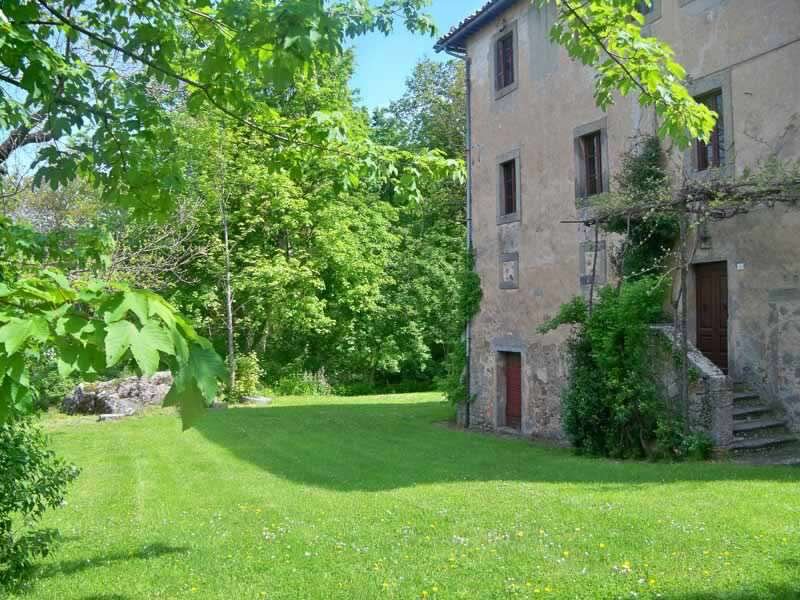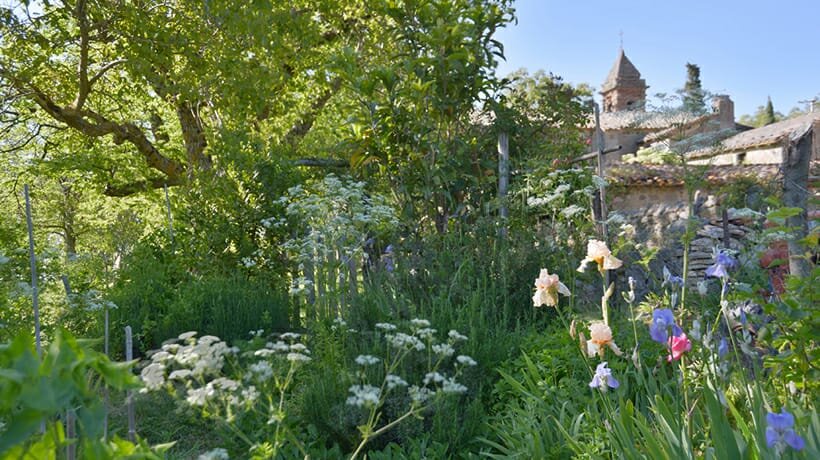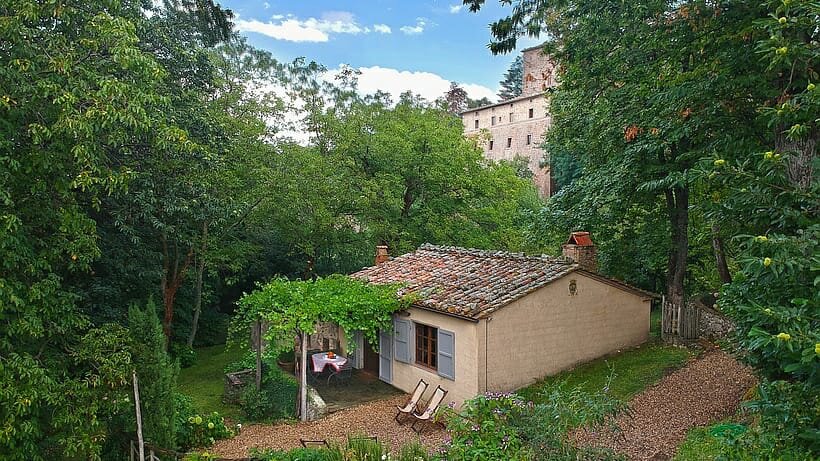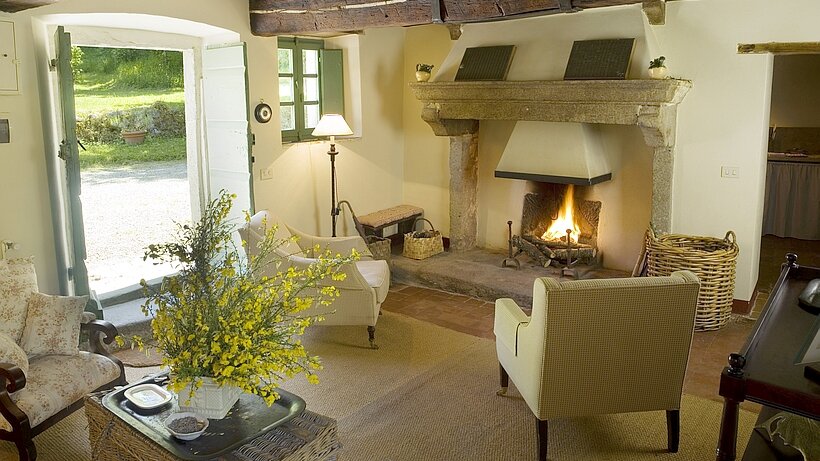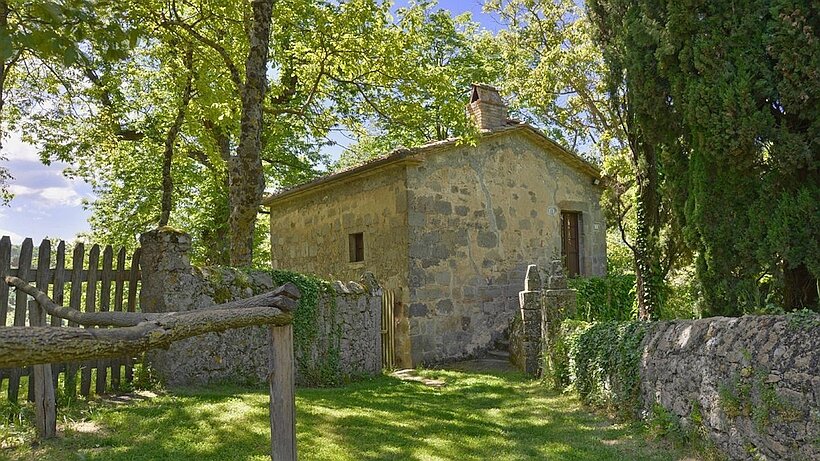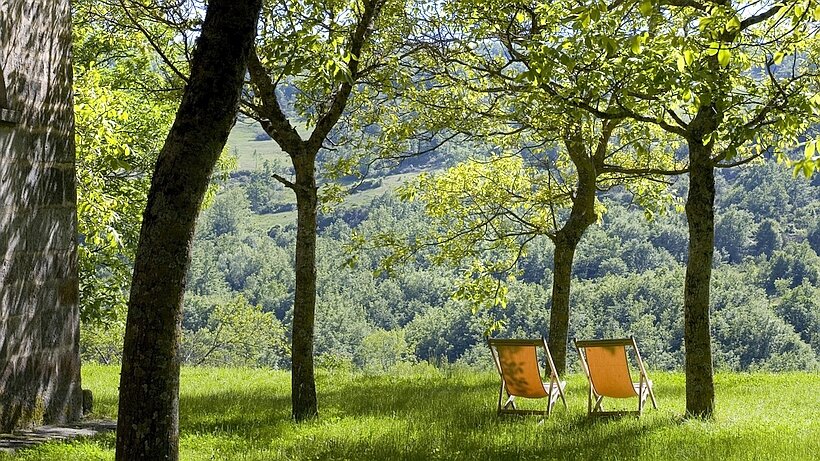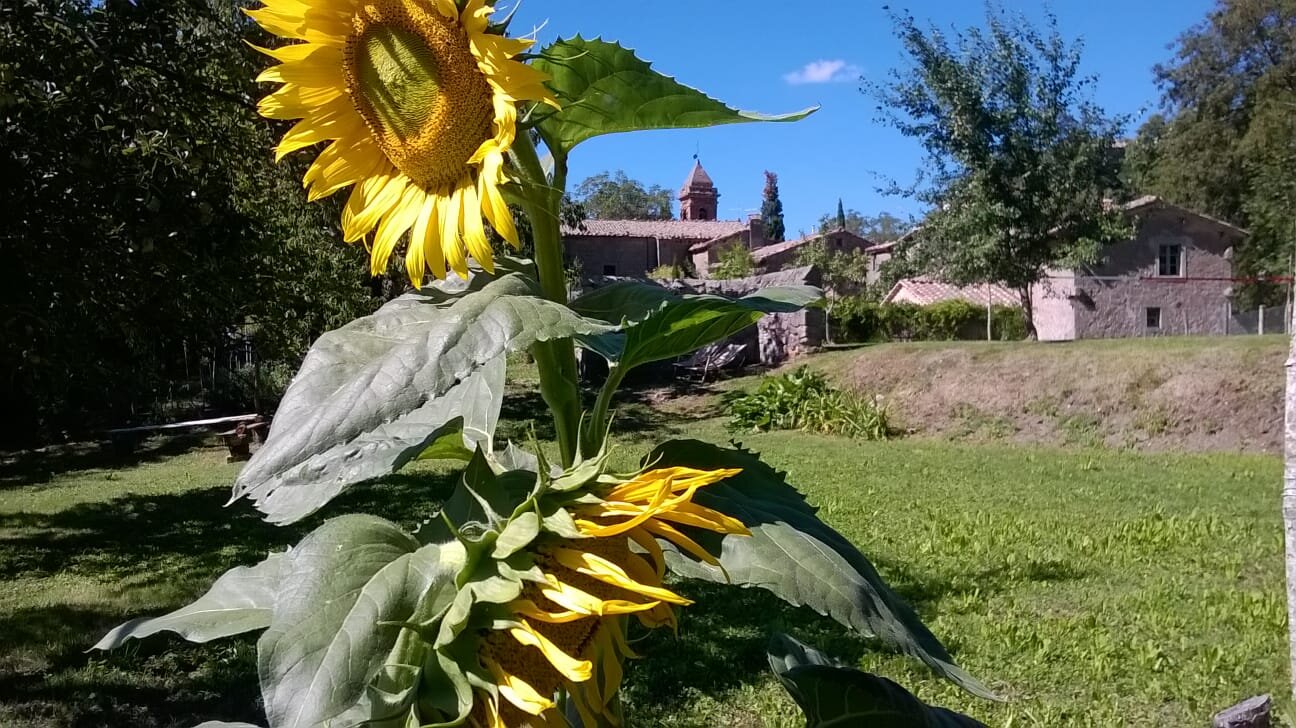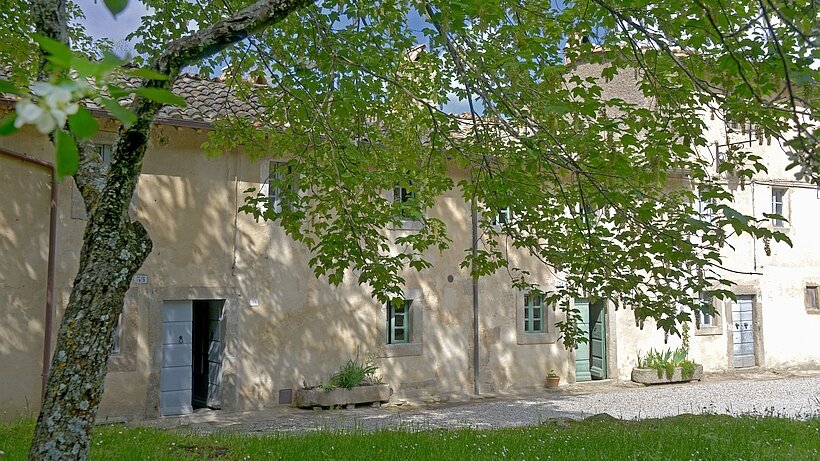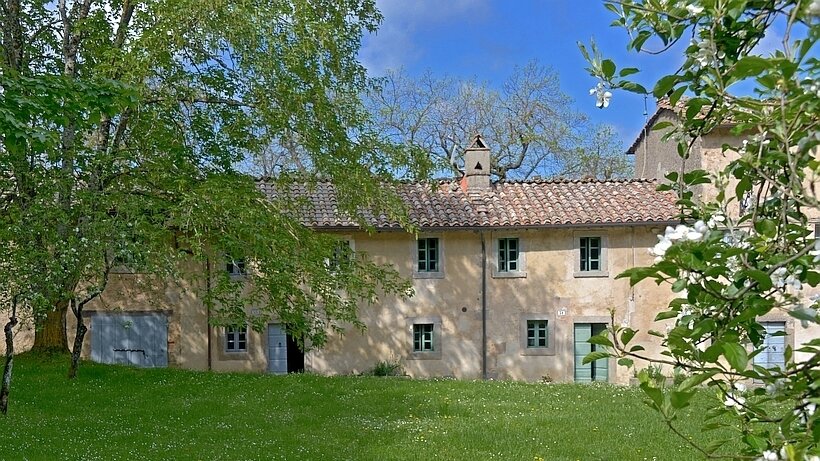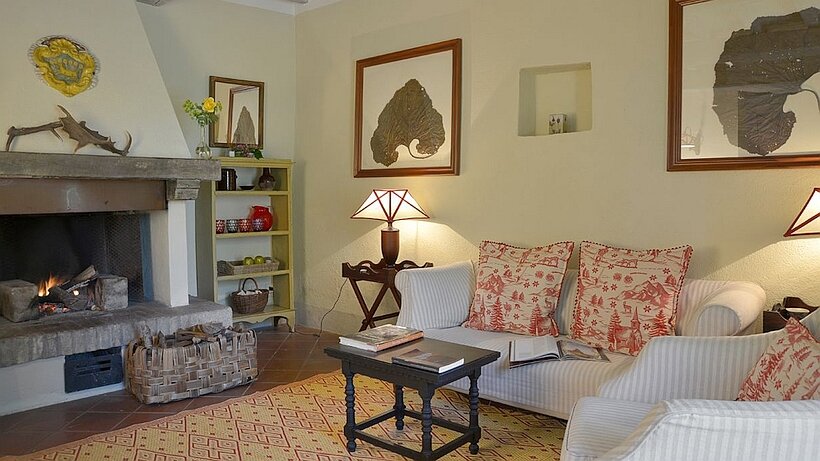The estate of Vivo d'Orcia was founded in the 11th century as a Camaldolese monastery.
The proximity to the small Vivo river and the location in a wooden valley were the perfect conditions for the monks to retire in isolation and meditation in front of Monte Amiata an extinguished volcano.
After a long period of abandonment all the estate passed to the roman Farnese family. Around 1534 Cardinal Marcello Cervini, later Pope as Marcello the II, obtained the vast property from Pope Paolo III Farnese.
He entrusted renaissance architect Antonio da San Gallo il Giovane, to built a 'palazzo', as you can see it today, on the remnants of the Camaldolese monastery .
Below the palace is the hamlet which was the original village of Vivo d' Orcia, with its small houses which has recently been restored and can be rented, and the beautiful romanesque church.
All the property which still belongs to the Cervini family, is listed. The restoration of every single building has to respect strict architectural rules.
Silence, peacefulness and respect for environment are the owner 's main priority.
The estate of Vivo d' Orcia is immersed in a wild and untouched nature: chestnut treees, beeches , nut trees, firs, lime trees, oak trees, cherry trees, holm oaks cypresses, fig trees. Some of them are huge, very old and listed too.
Enormous rocks which are the results of the eruption of the volcano (the name of this kind of stone is 'trachite') covered with yellow and orange lichens growing only in no polluted environment, can be seen in the woods.
Roe deers, wild boar , porcupines, foxes populate this country .
The small village of Vivo, where you can go for shopping, is at walking distance.
Beautiful small medieval and renaissance towns as Pienza, Montepulciano, San Quirico, Bagno Vignoni, Montalcino are half an hour drive. Siena approximately one hour.
Vivo is half way from Rome and Florence.
All the property is part of UNESCO heritage together with the Val d' Orcia.
